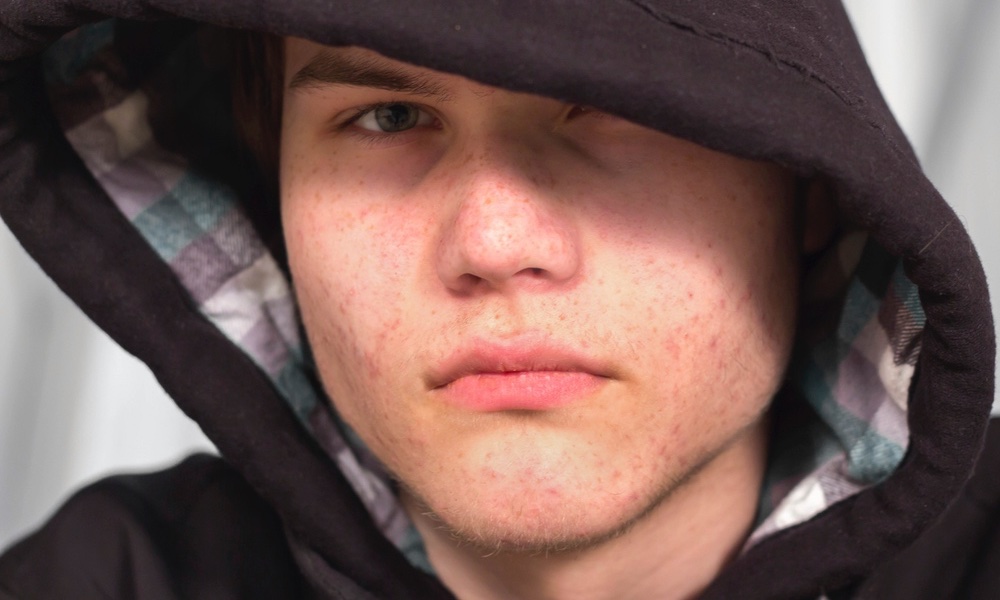When the Centers for Disease Control and Prevention (CDC) looked at suicide rates between 2000 and 2016, it found a 30 percent increase across all age groups. Teens and young adults are of particular concern when it comes to suicide risk because of their increased rates of anxiety and depression, and extensive social media use.
A more recent study analyzed trends in suicide rates among teens and young adults using 2017 data. The investigators wanted to see if the upward trend in suicide rates among young people continues.
“We are trying to look at the increase in suicides over the last three or four years, to see if that is connected to the use of new apps or some other newly relevant factor,” Oren Miron, corresponding author on the study, told TheDoctor. “We are trying to bring awareness to this problem, so parents and counselors can be more prepared,” he added.“Parents may look at their child’s Facebook feed and think nothing is wrong, but if they looked at their kid’s Snapchat, they would see a different story.”
Suicide rates had risen across all age groups. In 2017, over 6200 teens and young adults between the ages of 15 and 24 committed suicide. The suicide rate that year was almost 12 per 100,000 among those 15 to 19 years old, up from 8 per 100,000 in 2000. The suicide rate was 17 per 100,000 among those 20 to 24 years old in 2017, compared to 12.5 per 100,000 in 2000.
Suicide rates increased among both males and females between the ages of 15 and 24 years old in 2017 to their highest recorded rates ever.
Miron recommends the National Suicide Prevention Lifeline as a useful resource, because it is not just for those who may be at risk for committing suicide, but also offers resources for their parents, friends and loved ones. Parents can call the Lifeline at 1-(800) 273-2755 (TALK).
The study is published in the Journal of the American Medical Association (JAMA).





